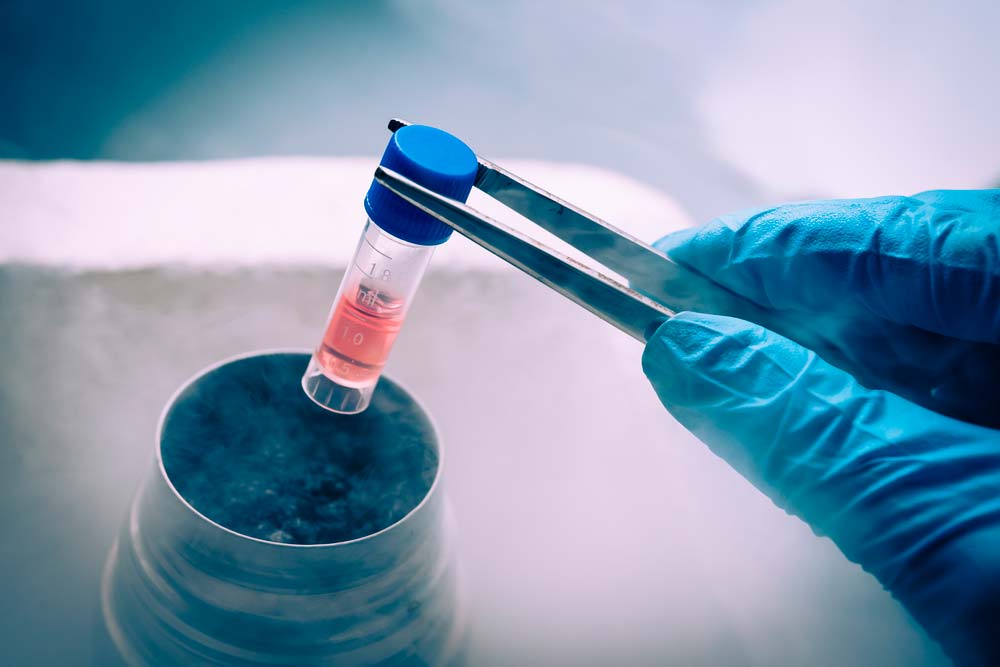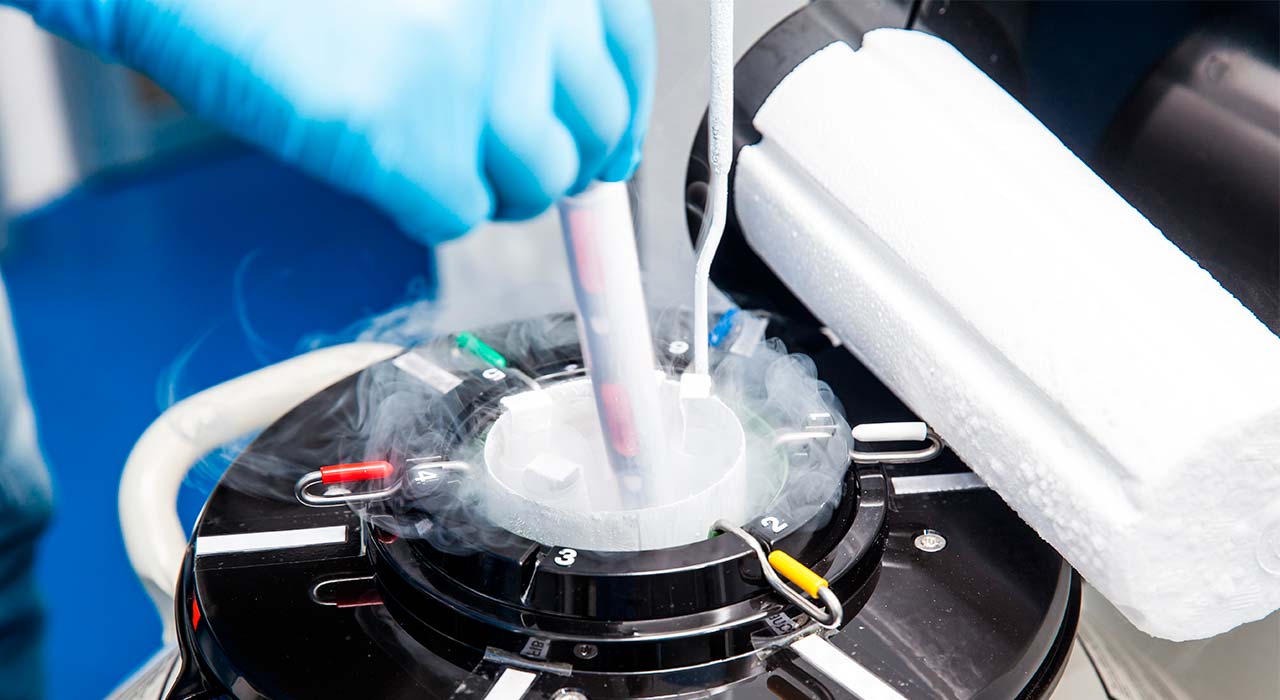Cryogenic cold chain technology is helping to secure the future of global medical supplies.
Cell, gene and immunotherapy-based medicines, along with tissue samples, require not just superb temperature range management but rigorous maintenance of the chain of identity to ensure each patient receives their own, customized, medicine.
Time constraints mean that many cell-based treatments have only a 24-48 hour life span and regulatory regimes can demand significant administration to cross states, countries and international boundaries. In such circumstances, ice does not begin to cut it. In this blog, we’ll explore some of the ways cryogenic cold chain specialists maintain the quality of your products in transit.
What is cryogenic cold chain management?
Cryogenic cold chain management includes all aspects of storage, transportation and handling of temperature-sensitive products requiring extremely low temperatures, typically below -150°C (-238°F). This kind of temperature-controlled packaging and technology is much colder than traditional cold chain management.
Options for cryogenic transportation
Liquid nitrogen dry vapor shippers
Liquid nitrogen dry vapor shippers (also known as LN2 dewars) use gaseous nitrogen in vacuum insulation buffered by a porous foam that delays the release of the nitrogen vapor, maintaining a theoretical temperature of -196°C during usage.
They tend to include a range of sensors offering information on package conditions like temperature, orientation, shock damage and altitude as well as chain of custody records such as GPS data.
The liquid nitrogen dewar is so stable that it can be used to preserve tissues and cell cultures for up to 15 days.
Dry ice packaging
Dry ice packaging uses solid carbon dioxide in the form of pellets or blocks, buffered by an insulation medium, to allow it to sublimate from solid to gaseous carbon dioxide. Packaging materials for dry ice containers must be robust enough to cope with vibrations, shocks, humidity and altitude changes and should not be made brittle or porous by the intense cold of the sublimating carbon dioxide. The package should also be designed to release carbon dioxide from the shipper to avoid the risk of explosion.
Some dry ice packaging systems allow for recharging of carbon dioxide in transit, as the sublimation process is generally typically exhausted after 96-120 hours.

The future of cryogenic cold chain management
Whilst the bulk of cryogenic shipping is clinical in origin, with hospitals, laboratories and research centers making up the end-user supply chain, the movement to commercial cryogenics has begun. Immunotherapy drugs in particular are becoming a ‘mainstream’ 3PL shipping material as cancer treatments diversify.
At the same time, the narrower sectoral market is also creating a demand for stable, cost-effective transportation of biological material; from reproductive samples required by fertilization services through to tissue samples used in clinical trials.
The global gene therapy industry is expected to be worth $82.24 billion by 2032, whilst the immunotherapy sector’s activity is projected to reach a staggering $275.6 billion by 2025. With those predictions, reliable cryogenic transportation is crucial.
Clinical trial materials are also driving the use of cryogenic transportation. More than 437,533 clinical trials take place internationally every year.
Solving your cold chain management
Varying temperature-controlled transportation solutions exist, each tailored to specific needs. They are used across the globe and will only grow in popularity as drugs, therapies and research activities proliferate.
To address these growing and varied marketplaces, life science logistics companies are working with newer, more stable and sophisticated cryogenic packaging.
To facilitate transportation, they are also creating networks of liquid nitrogen and dry ice ‘service stations’ to work with this packaging, allowing customers to manage patient treatments across an increasing number of countries.
Find out more about how an expert global logistics partner can help you to manage your cryogenic cold chain needs.

Leonard N. Lazarus
Regional Director Africa and India
Based in Johannesburg, Leonard has nearly 30 years of experience in clinical trials logistics and the specialist courier sector. Leonard collaborates with many pharmaceutical associations, including the Food and Drugs Authority Ghana, National Department of Health South Africa, South African Clinical Research Association and the South African Civil Aviation Authority.
